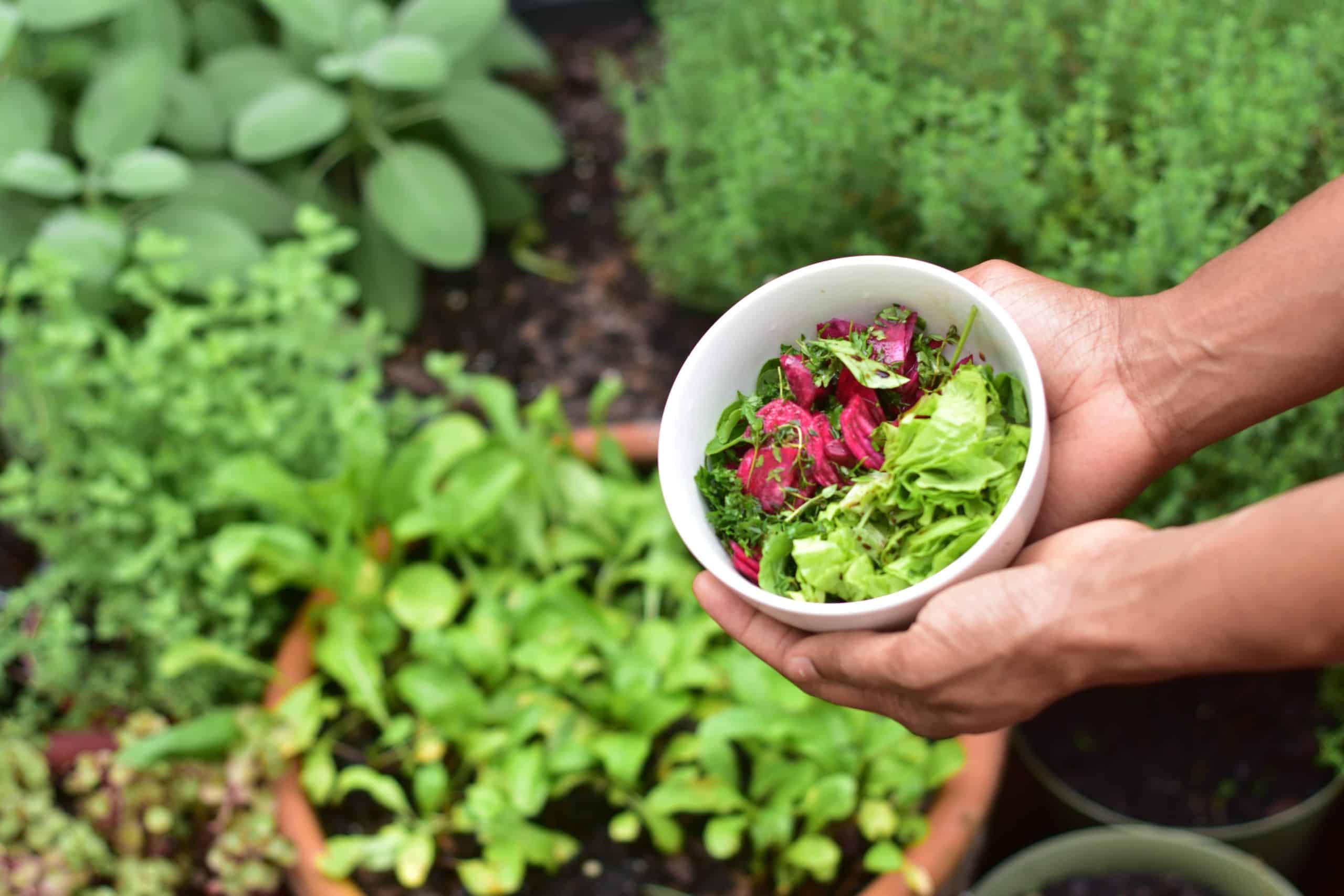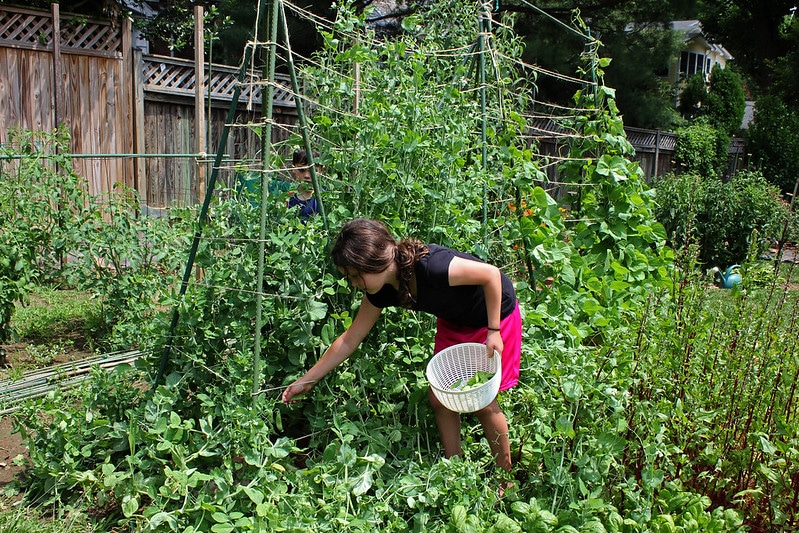
4 Green Eco Tips for Sustainable Living

Americans generated nearly 270 million tons of trash in 2017. That’s about 540,000,000,000 pounds of garbage on a yearly basis. And, as pollution levels continue to rise and landfills begin overfilling, going “green” is more important than ever.
Sustainable living is a great way to reduce your impact on the environment. So, it’s time to play your part and leave the Earth better than you found it. Now, let’s go over 4 green eco tips for sustainable living you can add to your life today!
1. Go Reusable
There’s no doubt recycling is a great way to limit the trash that ends up in American landfills. Well, except for the fact only about 23% of bottles made of plastic are actually recycled in the United States. And, when these bottles sit in landfills, it can take hundreds of years for them to fully decompose!
So, use reusable containers whenever possible. Here’s how you can do that (and the impact you might be making):
- Use reusable canvas/fabric shopping bags instead of plastic bags, which can take decades to decompose in a landfill.
- Replace your plastic water bottles with reusable PVC or polyethylene water bottles, which might even help to keep your beverages hot or cool for longer.
- Instead of using styrofoam cups or containers that might take over 500 years to decompose, use reusable glassware, stainless steel or silicone containers to store your food and beverage.
The best part is the money you’ll be saving in the long run. Instead of buying water bottles, cups, or paper plates once every week, you can buy reusable options once that will last for years without issue.
2. Use Energy More Efficiently
You might think using electricity in your home is a “clean” way to power your favorite household appliances. While that may be true on your end, depending upon whether you have solar panels or a wind turbine, the power plants actually supplying the majority of homes with energy are extremely harmful to the environment.
This is because they’re a major source of CO2 and SO2, which can actually damage the ozone layer, lead to global warming, and impact the local environment.
That’s why you need to play your part and reduce your energy consumption as much as possible. Here’s a look at how you can do that:
- Only turn on appliances, lights, and devices when you’re actually in the room.
- Lower the thermostat in the winter and raise it in the summer.
- Use larger loads in your dishwasher and washing machine.
- Unplug major devices you’re not using.
- Replace hot water with cold water whenever possible.
When it’s time to upgrade appliances, look for the “EnergyStar” label.
This might include….
- Dishwashers
- Freezers & refrigerators
- Washing machines & dryers
- Televisions & entertainment systems
In addition to requiring a lot less energy to function, an energy-efficient appliance can greatly cut down on your monthly energy bills.
When it comes to energy, you might not even notice just how much you’re racking your electricity bill by using your electricity carelessly. Online resources like EnergyBot can help you to figure out whether you’re getting a good deal on your electricity and help you to find a new provider to save a little extra money.
3. Grow Your Own Food
It’s extremely convenient to head to the grocery store to pick out a new batch of fruits and vegetables every week. But, at the same time, there’s a lot that goes into actually getting these products from the farm to the store.
In fact, the actual production of these foods might be the cause of ¼ of greenhouse gas emissions in the world.
But, how is that possible?
First, there are environmentally harmful pesticides and fertilizers used to actually grow these foods. There’s also the machinery needed to plant, grow, and harvest crops. Then, there are the toxic fuel emissions that come along with actually transporting the vegetables to the store via truck. And, you also have to think about the plastic coverings and bags used to protect these foods until you buy them.
So, start your own vegetable garden.
4. Limit Your Driving
Even with new emission guidelines for vehicles, cars and trucks are a major source of pollution in the atmosphere.
In fact, every gallon of gasoline that you burn when you drive your car creates close to 9 grams of CO2. This is a major reason the ozone layer is disintegrating a little more each and every year. It also is extremely harmful to breathe in.
So, limit your driving when you can.
There’s no real need for you to hop in your car and drive ¼ mile down the road to the grocery store. If a location or a store is within walking distance, you should make every effort to walk instead. Or, you can even ride your bicycle.
You’ll also want to look into carpooling with family and friends. This is a great idea when walking or biking just isn’t feasible, but it also doesn’t make sense to take separate cars to the same location. You can cut down on emissions too.
Conclusion
Sustainable living isn’t all that difficult, but it does involve a little change in your life. The good news is you can start small and work your way up to a “greener” lifestyle in just a few short months or years.
Start by replacing your plastic containers with reusable containers and limit your consumption of electricity when you can. Eventually, you can begin growing your own vegetable garden and also replace your household appliances with more efficient tools.
Author bio: Thad Warren
Thad is an avid hiker and camper that researches the latest renewable energy trends and tech.
Twitter: @thad_warren
2 Comments
-
Nilesh
Thank you for showing a more efficient way to save energy and simplifying the sustainable living



sarah charles
I love reading your articles. You spread every knowledge about every topic and the best part is you have updated everything for us timely.